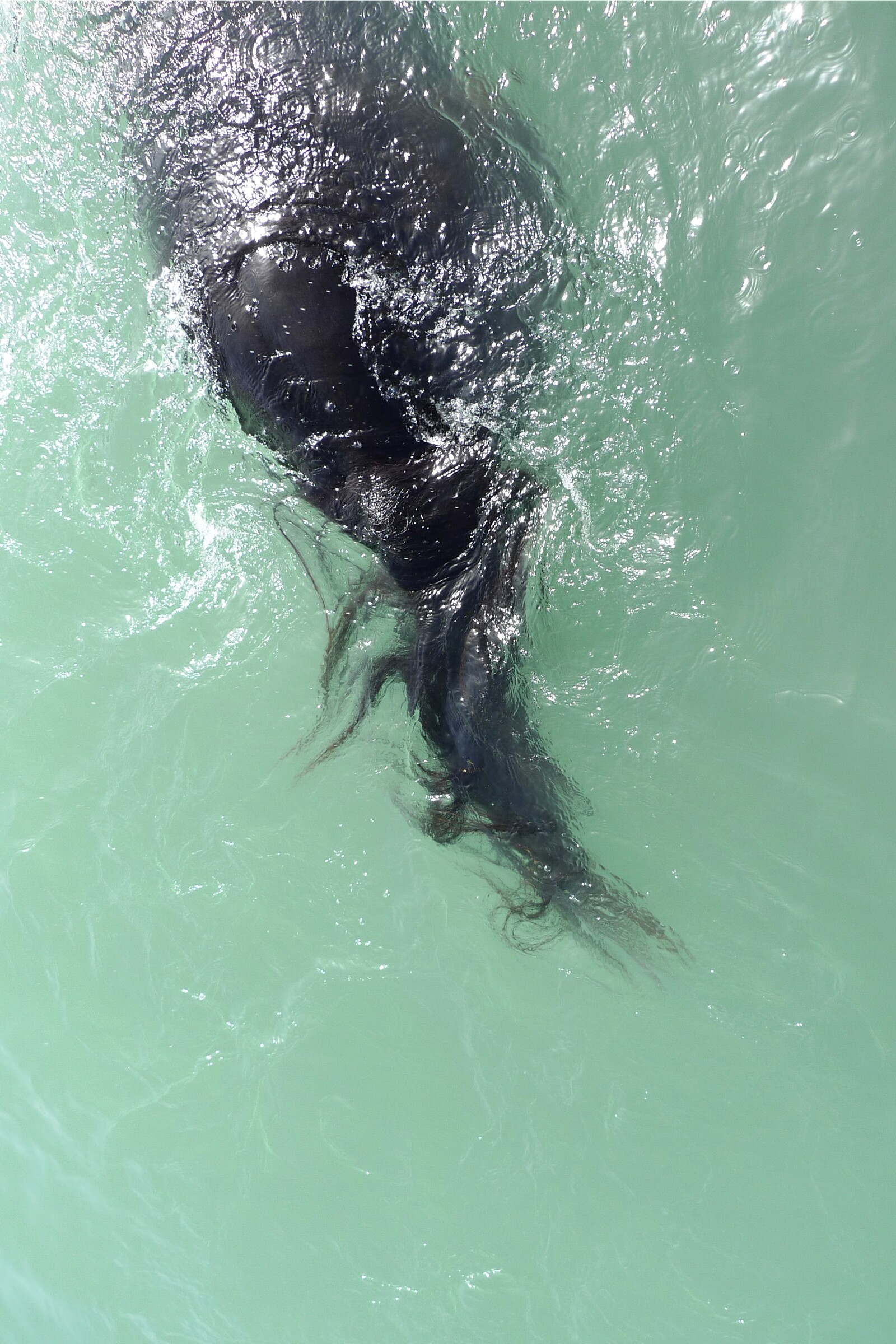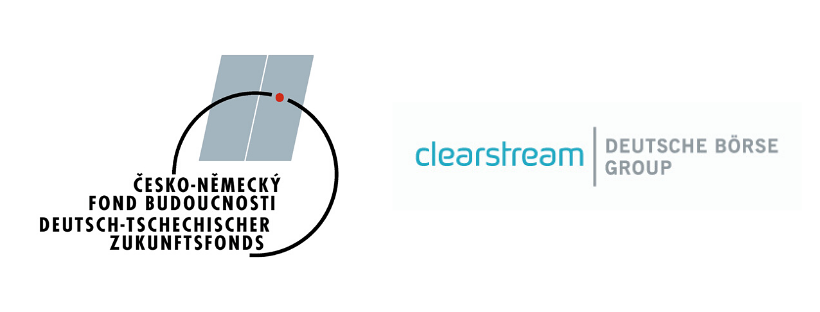Silences
November 15, 2019–February 16, 2020
Trade Fair Palace
Dukelskych hrdinu 47
Prague
Czech Republic
On the eve of the 30th anniversary of the Velvet Revolution, National Gallery Prague is inaugurating the exhibition Jitka Hanzlová. Silences—the first substantial survey in her native country of renown photographer Jitka Hanzlová whose biography and photographic oeuvre reflect the historical changes of political nature and elaborate an identity formation of a future emancipated subject. “The path that I take is a path back to look into the future,” thus Hanzlová describes her artistic method and the way she perceives time and history.
The exhibition Jitka Hanzlová. Silences covers over three decades of the artist’s prolific career. From Rokytnik, 1990-94 (a memory trace, time capsule) towards Water, 2013-19 (a source and flow, the praise of life), through Bewohner, 1994-96 (a testimony, an evidence of presence) and Vanitas, 2008-12 (passing of time and disappearance), Hanzlová’s alchemy of silence labors the world of critical intimacy which foregrounds the subject matter’s social, cultural and political sense of belonging. Jitka Hanzlová’s oeuvre carries a silence; each image seems a vehicle of silence. It delivers a stillness; not the stillness of the photographic medium though as Hanzlová’s pictures are moments set in motion; we trace them, follow them, step by step, frame by frame, location by location. From one person to another, a collection of faces and gestures unfolds in an almost cinematic sequence of gazes in suspense and bodies in freeze. Eyes confronting eyes, quietly, in expectation. Silence appears always in plural, silence with a companion of silence in a looped sequence of absence and presence. There are abysses of silence within me, Hanzlová follows Clarice Lispector’s character in formation, Silence isn’t the void, it’s the completeness. Her silences are allies, amplifiers, as images pulsate and breathe, whispering the silence, mirroring it endlessly; these are images to be listened to, repeatedly, over and over again. Rokytnik is the artist’s silent dialogue with the place she comes from and belongs to while Bewohner confronts the difference of a new life to come. Solitude and a willingness to coexist, nostalgia and the allure of an unknown place balance one another in symbiosis and peace. Tonga (1993) and Brixton (2002) capture the Other through the lens of the Other. Female (1997-2000) continues the artist’s portrayal of vulnerability, exposed but not unveiled, in search of emancipation and self-empowerment. Hanzlová’s frames are relational, within them and in-between them; they construct an architecture of exchange, an uninterrupted passage, granting a mutual immersion of the portrayed one and the background, as well as of the one following the other in a cycle of photographic gestures and appearances. Here (1998, 2003-10) maps the layers of identity in a psychological vertigo of sites and personages, seasons and geographies. Difference and repetition, a role’s rehearsal, testimonies of presence—such is Hanzlová’s incessant pursuit of a personal biography in a new world. Forest (2000-05) is a landscape of stillness, the nature’s mystery, its silent self. Nocturnal images simultaneously conceal and reveal, keeping the suspense of an uncanny reverie. Everything is nature in Hanzlová’s ocean of tranquillity; a human being, a flower, a horse, an open field, an urban site, a fish. But also—a memory, a history, time and the present are a nature-like, nature conditioned and liaised, in a silent conspiracy, unavoidably. Horse (2007) is a celebration of nature; a pictorial laboratory of intimacy, the utmost poetic delirium of an adored subject matter. Vanitas and There Is Something I Don’t Know (2000-12) are the portraits of timelessness and immortality. Silence is Hanzlová’s rite of passage. It fills up the frame as we gaze down the abyss of time, reflecting the ephemerality and recurrence. Master narratives of life and death frame Hanzlová’s discourse of silence, and the passing of time. Her most recent series, Water crowns this pursuit, expanding it towards both the abstract territories of representation and the topical concern regarding the human condition. Perceived in the context of her entire oeuvre to date, Water is a climax and a symbolic closure of a journey towards the understanding of the essence of nature, human and non-human: a cloud as a part of the visible world, this ambiguous, elusive and ephemeral anti-matter, an ever-changing mirror, that reflects da Vincian “universal liaison” and “the mixture and ceaseless permutation of the elements” that—perhaps, silently, as a recapitulation—make us comprehend “why this”—no other—”world” is our habitat and stream of life.
Born 1958 in Náchod and raised in Rokytnik (former Czechoslovakia), Hanzlová left her native country in 1982 for Essen, Germany where she studied photography at the visual communication department of the University of Essen. In 1993 she was awarded the Dr. Otto-Steinert-Preis by the Deutsche Gesellschaft für Photographie, in 1995 she received the DG BANK Frankfurt scholarship, in 2003 the Grand Prix Arles, and in 2007 the Paris Photo Prize for Contemporary Photography. She was twice nominee for The Citibank Photography Prize in London. Hanzlová has presented her work at collective exhibitions all over the world; her noteworthy solo exhibitions include those at the Kunstverein in Frankfurt, at Deichtorhallen in Hamburg, at the Stedelijk Museum in Amsterdam, at Fotomuseum Winterthur, at Museum Folkwang in Essen, at Fundación MAPFRE in Madrid and at the National Gallery in Edinburgh. She continues to live and work in Essen.
The exhibition is accompanied by a book Jitka Hanzlová. Silences, published by König Verlag, with the essays by Adam Budak and Urs Stahel, a conversation between Jitka Hanzlová and Zdenek Felix and a rich visual material.
Curated by Adam Budak
Exhibition architecture by Pavla Melková, MCA Atelier
With the generous support of Clearstream Operations Prague / Deutsche Börse Group, Czech and German Fund of Future, Mai 36 Galerie, Zürich, Galleria Raffaella Cortese, Milan
Additionally on view:
Moving Image Department #11: Image (of) Silence
Manon de Boer with Pavel Büchler, Milan Grygar, Carola Dertnig, VALIE EXPORT, Hreinn Friðfinnsson.
What is silence made of? How to portray it? What is its image? Does nothingness have a substance? Is invisibility a form of absence? How to disappear completely? A void is at the core of the 11th chapter of Moving Image Department; an emptiness (of image, of sound, of form, of matter); breath and breathlessness (conditions of life and death, barometers of spasmatic desire and its body without organs); the space without volume but reflection and echo (an ultimate flatness of sensation, and the paradox of its excess). Listening to the image’s silence, this exhibition choreographs sonic vibrations and perceptual mirages in a post-Cagean vacuum of senses and experience.


